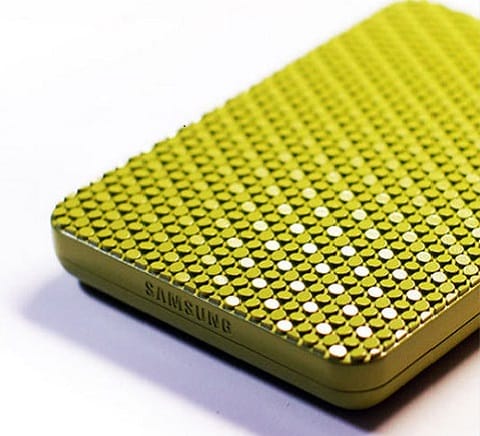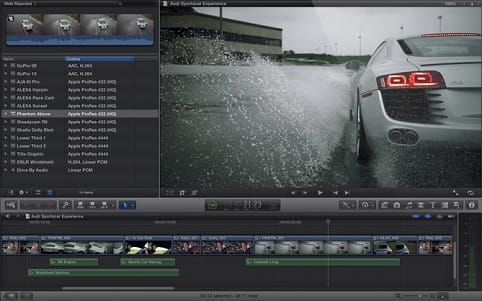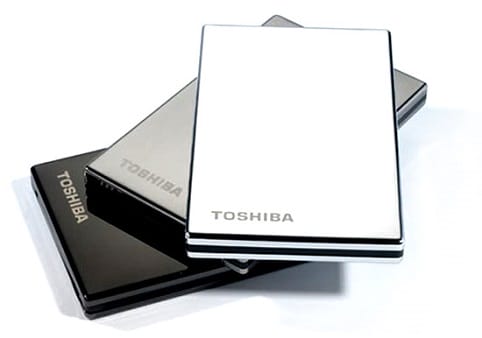
Image credit: Greenopolis.
Although MacBook Pros certainly dominate the workplace here at Priceonomics, we don’t exactly subscribe to extreme Windows hate found in some online communities. As both operating systems progress, it’s easy to imagine a scenario in which you’d have multiple machines depending on your preference in the workplace and at home. As such, the hard drive you’re about to land used might require additional formatting. Fortunately, the file format FAT32 exists as a simple solution for storage on both operating systems. For those of you who might express concerns with FAT32’s limitations, we’ve also provided an alternative method of partitioning your disk. Enjoy!
Quick Disclaimer: The Limitations of FAT32

As with most Mac/Windows compatible solutions, formatting your hard drive to FAT32 creates some issues for the user. As CNET notes, the maximum size of any file stored on a FAT32 formatted drive is only 4 GB. While this certainly provides enough space for documents, music, and apps, videos and other graphics heavy files will not be able to be transferred over. In addition, unlike NFTS, FAT32 does not allow you to create any permissions to protect your external drive. As a result, a security breach on FAT32 formatted disks is far more likely. Finally, other minor limitations include a strictly Windows-based file naming convention and a less than efficient method of storing files. If any of these issues concern you, skip on down to the last section to get the lowdown on an alternative method.
FAT32 on Mac OS X
Your external drive only needs to be formatted on one operating system to read and write between both, so it’s purely personal preference and comfort as to which you choose.
Directions:
1. Connect the hard drive you wish to format.
2. Open “Disk Utility”. This is located under Applications -> Utilities -> Disk Utility. You can also search for it in Spotlight.
3. On the left hand side of the window, you should see the hard drive you connected. Highlight it by clicking on it.
4. Chose the “Erase” option. Note: Any previously saved files will not be kept and cannot be recovered during and after reformatting.
5. Select “MS-DOS (FAT)” as your Volume Format option.
6. At this time you’ll have the option to rename the drive if you wish.
7. Confirm that you wish to erase your drive once again.
8. Once the formatting has finished, you’ll be good to go!
FAT32 on Windows
Just to reiterate, your hard drive only needs to be formatted from one operating system. If you’re a Windows fan follow these steps.
Directions:
1. Connect the hard drive you wish to format.
2. Open “My Computer”
3. Right click on the external drive you will reformat. Select “Format” from the list of options that appears.
4. Under file system, choose “FAT32”.
5. Click on “Start” and confirm you wish to reformat.
6. Once the formatting has finished, you’ll be good to go!
Alternative: Create a Partitioned Disk

If the issues with FAT32 formatting listed above present an issue for you, consider partitioning your hard drive. Since you will essentially divide your hard drive into two separate storage spaces, you won’t be able to read and write between both operating systems. However, this solution allows you to take advantage of the opportunities both systems offer.
Directions:
1. Connect the hard drive you wish to partition.
2. Open “Disk Utility”. This is located under Applications -> Utilities -> Disk Utility. You can also search for it in Spotlight.
3. On the left hand side of the window, you should see the hard drive you connected. Highlight it by clicking on it.
4. Click on the “Partition” tab.
5. From the dropdown menu, select 2 partitions. At this point you’ll be able to adjust the size of each partition depending on your needs for each operating system.
6. Label one partition as “Mac”. Format this section to “Mac OS Extended (Journaled)”.
7. Label the other partition as “Windows”. Format this one to “MSDOS”.
8. Click apply
9. Now connect your hard drive to a Windows machine.
10. Open “My Computer”
11. Right click on the external drive labeled “Windows”. Select “Format” from the list of options that appears.
12. Under file system, choose “FAT32”.
13. Click on “Start” and confirm you wish to format. You’re all set!
This post was written by Daniel Mrdjenovich. Follow him on Twitter or Google Plus.
Get the latest from Priceonomics on Facebook, Twitter, and Pinterest.



